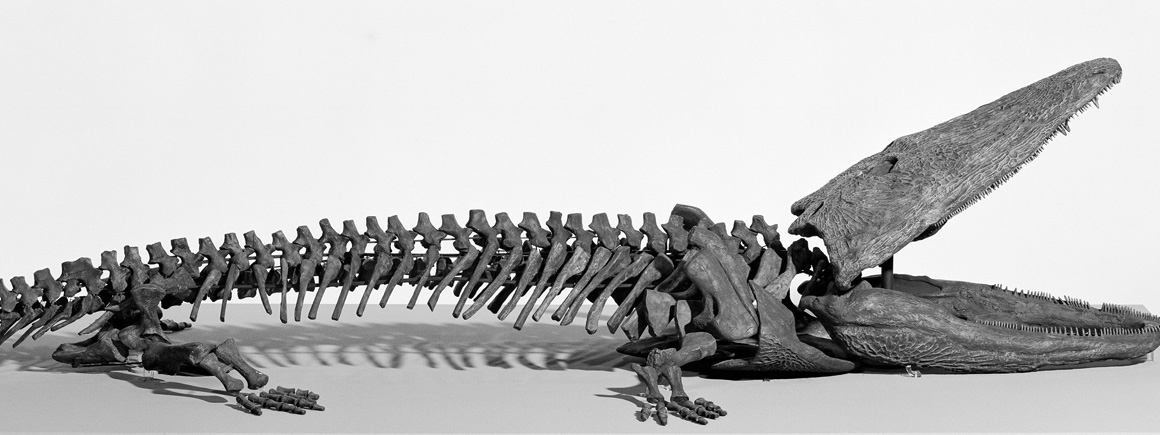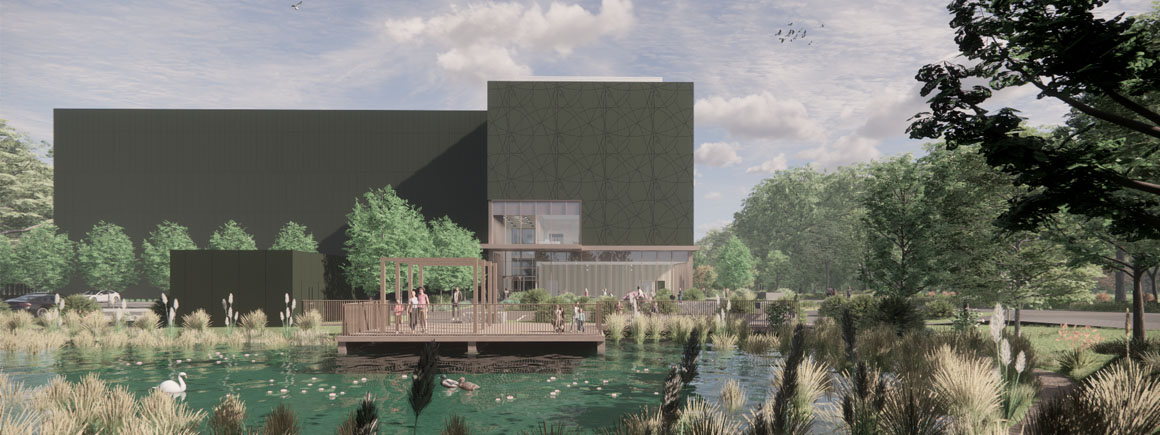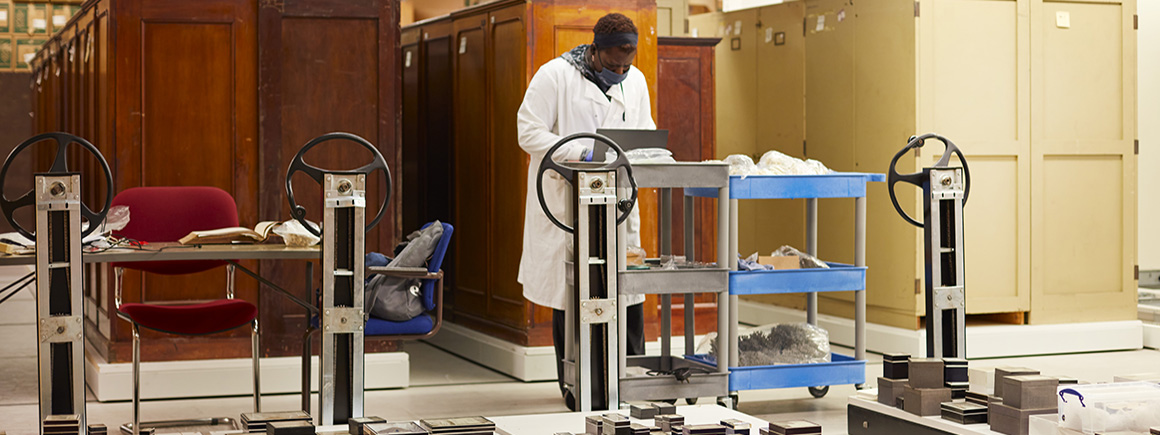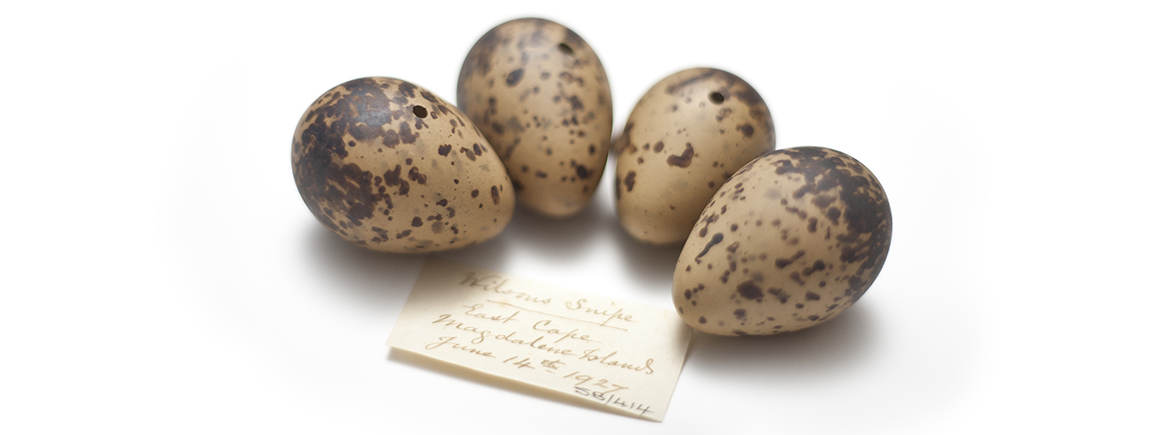Specimens
400

The only known example of Paracyclotosaurus davidi, an amphibian that lived in Australia around 235 million years ago.
400
46
The fossil amphibian collection at the Museum contains approximately 400 specimens and casts.
The collection contains 400 specimens and 46 type specimens, mostly of temnospondyl amphibians but also some microsaurs, nectrideans, frogs and salamanders.
British Carboniferous material in the collection includes:
The collection also contains significant Carboniferous material from:
Early Permian material from Germany includes about 20 Archegosaurus-bearing concretions from Lebach and a collection of temnospondyls from Odernheim-am-Glan, Germany, donated by Herman Credner. The specimen of Apateon pedestris from Niederhäslich shows soft tissue preservation and form.
As a result of early collecting in the British Empire in the 19th century, the collection includes a range of significant Permo-Triassic temnospondyl amphibians from:
The fossil amphibian collection is being digitised
If you would like to use any specimens for research
Our type specimen of Paracyclotosaurus is the only example of a complete articulated skeleton of a capitosaur, one of the major groups of Triassic temnospondyl amphibians.
We also care for a number of significant specimens from the Triassic of Europe including:
Microvertebrate amphibian specimens from Kirtlington, Oxfordshire, are the main Jurassic material in the collection. They include Eodiscoglossus oxoniensis, the earliest British fossil frog Marmorerpeton, the earliest British fossil salamander and the largest salamander Cryptobranchus (Andrias) scheuchzeri from Switzerland.
The collection includes a considerable number of specimens of Palaeogene amphibians from Hampshire and the Isle of Wight. There are also fossil frogs and salamanders from the Brown coals of Germany, including the type specimen of Eopelobates anthracinus.
There is a large quantity of Pleistocene frog material, primarily from Igtham in Kent, but also from other British Pleistocene localities.
The collection includes material from all continents except Antarctica.

Access to some collections will be affected as we prepare for the move to our new collections, science and digitisation centre.

Scientists and collections management specialists can visit the collections and borrow specimens for research.

Our duty is to provide a safe and secure environment for all of our collections.